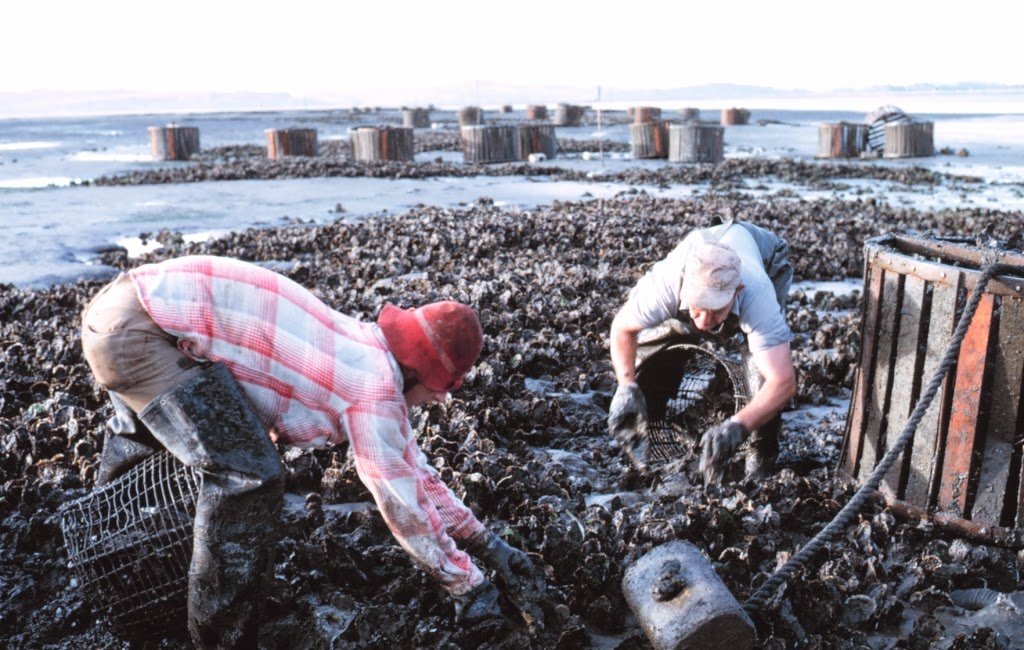I have written a few reports about sustainable eating and seafood and find that more and more, people want to know what is not only good for them but good for the environment.
The world loves seafood and Asians are certainly at the top of the list as consumers. By country in 2011, China is the world’s largest seafood consumer followed by Japan and the U.S.A.
World seafood consumption has increased substantially through both increasing popularity and increasing population. Asia accounted for two-thirds of the total consumption of which 36.9 million tonnes were consumed outside China (13.9 kg per capita) and 33.6 million tonnes were consumed in China alone (26.1 kg per capita). Malaysians ate a whopping 53.6 kg per capita in 2005.
In 2010, Americans ate about 15.8 kg of fish and shellfish per person. Although the United States has a huge fishing fleet, they imported about 91% of that seafood from other countries. Surprisingly, about half of all the seafood eaten is farmed. That’s right; the stocks of wild caught fish are now too small to meet world demand. Even many wild caught fish, like salmon and red drum start their life in hatcheries and are released into the sea to grow before they are caught.
Many shellfish begin their lives in farms. Oysters, mussels, and clams are raised as ‘spat’ before being planted out to grow. Other fish such as coral trout and yellow tail are claimed to be farmed but are actually caught in large numbers as wild juveniles and then grown in cages.
Fish is fish, right? What does it matter?
Actually, it matters a lot. Some seafood is farm raised under conditions that protect the consumer’s health and some seafood is not. Similarly, some wild caught fish are taken with little concern for the destruction of habitat and of other, unwanted or ‘trash’ species.
We are entering a time when the ocean and its inhabitants are threatened by our fishing methods and the impact of our lifestyle. In a research paper published 29 January, 2015, Dr. Thomas Webb demonstrated that we can expect to lose 20-25% of well known ocean species through extinction. Other work puts a time line on this of about 25-50 years. What are we really losing and what will the world be like without it?
In next few issues of Sustainable Sundays on The Yum List we will look at our 10 favorite seafoods, how they are produced, and if they are a sustainable resource. The most popular species haven’t changed much but you will be surprised by how they are caught and where they come from.
The old adage is true; “Knowledge is power”. We can all make a big difference by making good choices.

